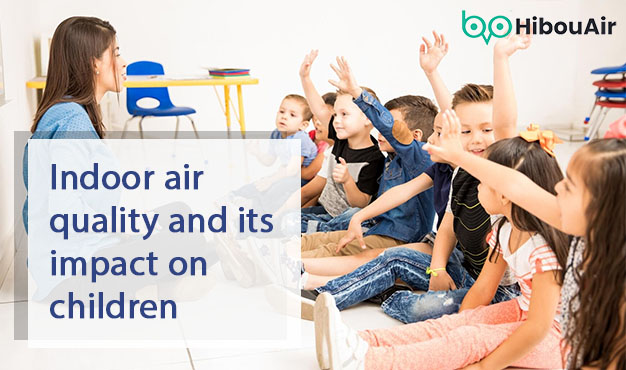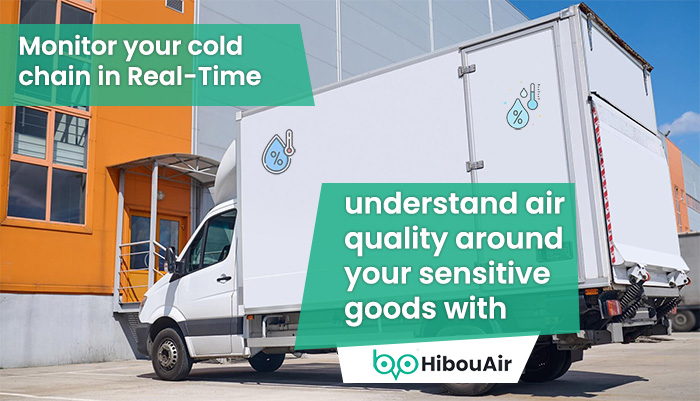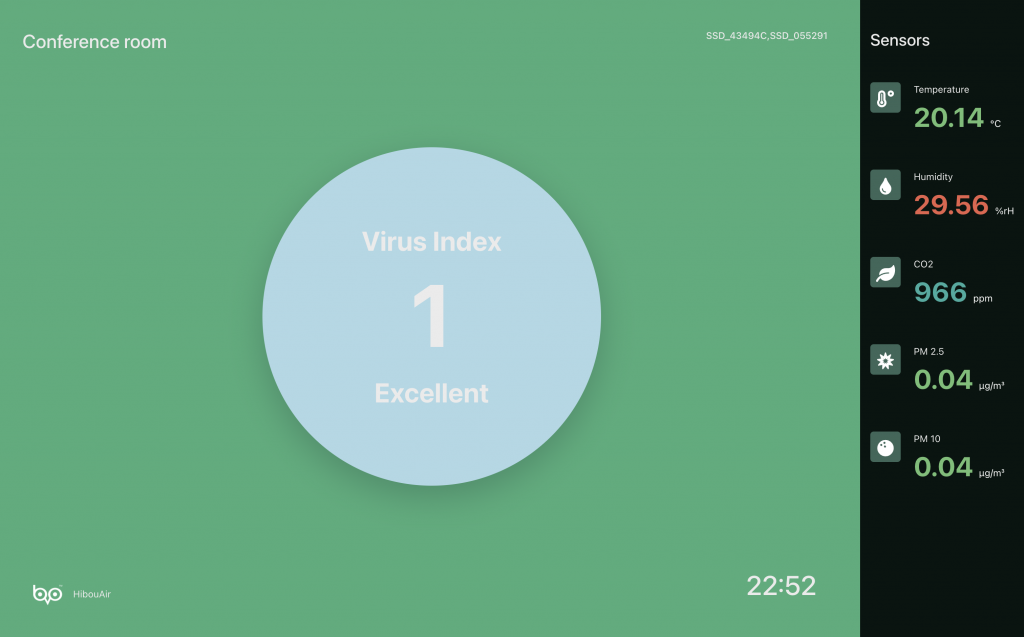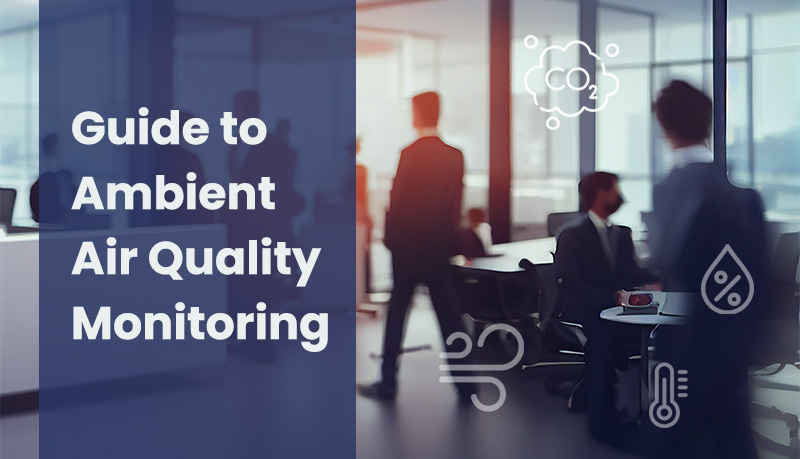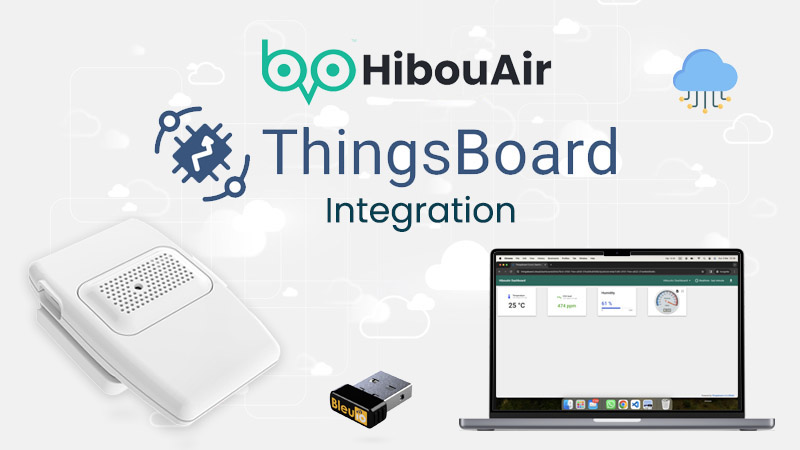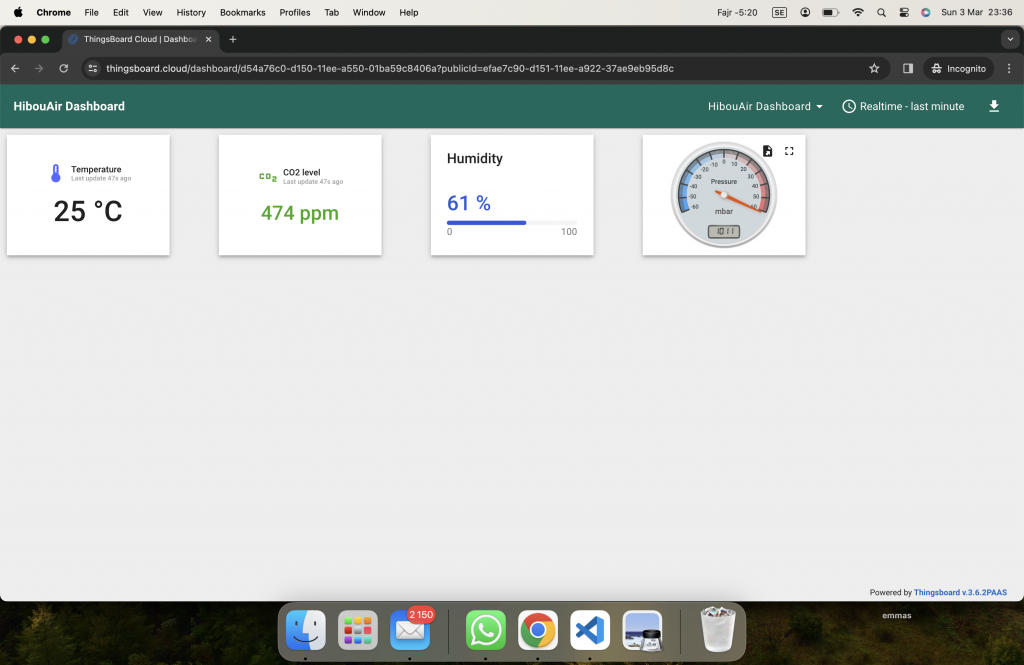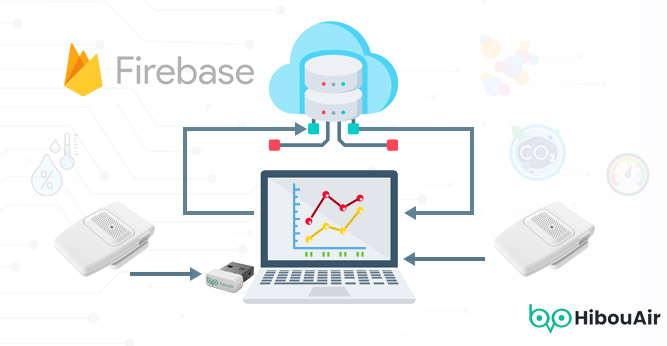As we focus on creating a healthier environment for children, monitoring indoor air quality has become a crucial aspect of maintaining their overall well-being. This is especially important in schools and kindergartens, where children spend a significant portion of their day. The HibouAir air quality monitoring device, equipped with various sensors, offers a comprehensive solution for real-time and historical air quality monitoring, helps to take necessary steps for a safer and healthier environment for our young ones.
Understanding Indoor Air Quality and Its Impact on Children
Indoor air quality (IAQ) refers to the condition of the air within and around buildings, particularly as it relates to the health and comfort of the occupants. Poor IAQ can lead to various health issues, including respiratory problems, allergies, and even cognitive impairments, which are especially detrimental to children.
Research has shown that poor IAQ is linked to increased absenteeism and decreased academic performance among students. A study conducted by the Environmental Protection Agency (EPA) found that improving indoor air quality in schools can lead to a 5-10% increase in students’ academic performance due to better health and concentration . Another study published in the International Journal of Environmental Research and Public Health highlighted that children exposed to high levels of indoor pollutants are more likely to develop asthma and other respiratory conditions .
Children are more vulnerable to poor air quality due to their developing respiratory systems and higher breathing rates relative to their body size. Their immune systems are not fully developed, making them more susceptible to the harmful effects of pollutants. Therefore, it is crucial to monitor and manage the air quality in schools and kindergartens to safeguard their health and promote a conducive learning environment.
Key Pollutants and Their Effects on Children’s Health
- Carbon Dioxide (CO2): Elevated levels of CO2 can cause headaches, dizziness, and difficulty concentrating. In educational settings, this can impede learning and reduce cognitive function, affecting children’s academic performance.
- Particulate Matter (PM1.0, PM2.5, PM10): These tiny particles can penetrate deep into the lungs and even enter the bloodstream, causing respiratory issues, aggravating asthma, and increasing the risk of infections. Children, especially those with preexisting conditions, are at higher risk from exposure to particulate matter.
- Volatile Organic Compounds (VOC): VOCs are emitted from various sources, including paints, cleaning supplies, and building materials. Prolonged exposure to VOCs can lead to headaches, nausea, and long-term health issues such as liver and kidney damage. For children, this exposure can be particularly harmful, affecting their growth and development.
- Pressure, Temperature, and Humidity: These factors contribute to overall comfort and health. Unregulated temperature and humidity can create environments conducive to mold growth and dust mites, triggering allergies and respiratory problems. Maintaining optimal pressure levels ensures proper ventilation and air circulation.
The Role of HibouAir in Monitoring and Improving IAQ
HibouAir is an advanced air quality monitoring device designed to provide real-time data and historical trends of various environmental parameters, playing a crucial role in enhancing indoor air quality (IAQ). Equipped with a comprehensive sensor suite, including CO2, PM1.0, PM2.5, PM10, VOC, temperature, humidity, and pressure sensors, HibouAir continuously monitors and reports on key pollutants and conditions that affect health and comfort. By tracking carbon dioxide levels, particulate matter, volatile organic compounds, and maintaining optimal temperature, humidity, and pressure, HibouAir ensures effective ventilation and air circulation, reducing the presence of harmful pollutants. This detailed monitoring enables schools to take timely actions to maintain a healthy environment, reduce respiratory issues, improve cognitive function, and provide a comfortable learning atmosphere for children. With its smart analytical dashboard, HibouAir allows administrators to easily monitor air quality and make informed decisions, demonstrating a commitment to the well-being and future of their students.
Why Schools Should Invest in IAQ Monitoring
Investing in IAQ monitoring devices like HibouAir is not just about compliance with health standards; it is about creating a safe and nurturing environment for children to thrive. Improved air quality can lead to:
- Better Health Outcomes: Reduced incidences of asthma, allergies, and other respiratory issues.
- Enhanced Cognitive Function: Clearer thinking and better concentration, leading to improved academic performance.
- Greater Comfort: A more comfortable learning environment, reducing absenteeism and promoting well-being.
By prioritizing indoor air quality, schools and kindergartens can demonstrate their commitment to the health and future of their students. HibouAir’s smart analytical dashboard allows administrators to easily monitor air quality and make informed decisions to enhance their environments.
Children are the most precious and vulnerable members of our society. Ensuring that the air they breathe is clean and healthy is paramount to their development and well-being. With HibouAir, schools and kindergartens can effectively monitor and improve indoor air quality, creating a safer, healthier, and more productive learning environment. Let’s invest in their health today for a brighter tomorrow.
References:

